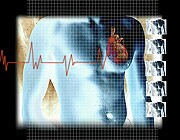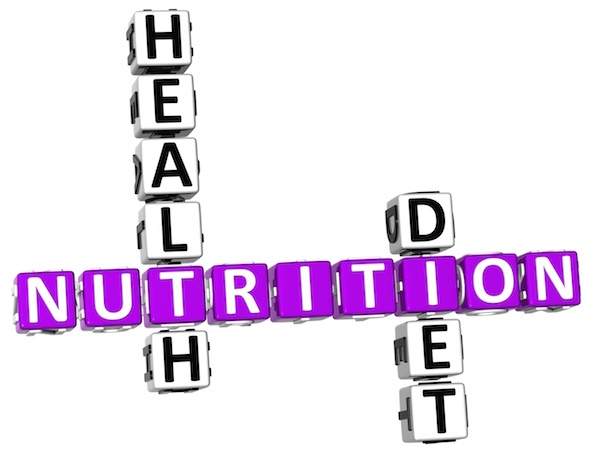
THURSDAY, Dec. 15 (HealthDay News) — Americans’ heart health is in a woeful state, says this year’s report card from the American Heart Association.
And it’s largely because people just aren’t taking care of themselves.
In the past three or so decades, women have upped their calorie consumption by 22 percent and men by 10 percent, with carbohydrates and sugar-sweetened beverages both major sources of unneeded calories.
The inevitable result is that more than two-thirds of U.S. adults and about one-third of children are over the ideal body weight, the extra layers of fat putting a major strain on Americans’ hearts.
The trend is particularly concerning in children. Today, about 20 percent of U.S. kids are obese, compared with just 4 percent 30 years ago.
Neither adults nor children are exercising enough and about 21 percent of men and 18 percent of women still smoke. About one-fifth of high school students also have taken up the smoking habit.
“This is very disturbing but not at all surprising,” said Dr. Robert Michler, co-director of the Montefiore Einstein Center for Heart and Vascular Care in New York City. “Heart disease is this nation’s number-one killer and the continued growth of our nation’s waistline will deliver serious consequences.”
The authors of the report, which appears online Dec. 15 in the journal Circulation, looked at seven markers of cardiovascular health: smoking, weight, exercise, diet, cholesterol, blood pressure and fasting blood sugar levels, as well as whether or not a person had a diagnosis of heart disease.
Using those criteria, 94 percent of U.S. adults — that’s almost everyone — have at least one risk factor for heart disease. For example, one-third of U.S. adults have high blood pressure while 15 percent have high cholesterol.
And children aren’t far behind.
The only good news?
The death rate from cardiovascular disease fell almost 31 percent in the last decade, although it still accounts for one in three deaths each year.
Stroke rates also dropped nearly 35 percent, making it now the fourth leading cause of death rather than the third.
But gains are largely due to better treatments rather than lifestyle improvements.
“The population overall is not taking care of themselves. When you leave it to the individual, the individual doesn’t behave well,” said Dr. Jacob Shani, chair of the Maimonides Cardiac Institute in New York City.
“But when the individual actually comes to the cardiologist or to the doctor, the news is very good,” Shani added. “We decrease the mortality; people live longer after a heart attack. We do a lot of things now we couldn’t do in the past.”
Advances include better surgical techniques as well as cholesterol-lowering statins, sometimes referred to as the “wonder drug.”
Such advances will continue to happen but “we need to get our arms around this,” Michler said. “Lifestyle changes will have a major impact on this problem if we take it seriously. . . People need to become more active and they need to be very concerned about everything they put in their mouth.”
More information
Visit the U.S. National Heart, Lung, and Blood Institute to learn about heart disease.

